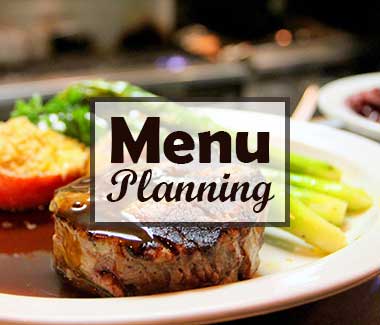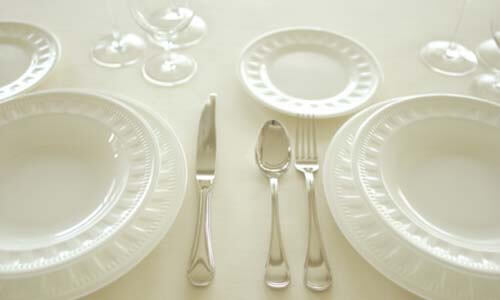Food to Cuisine
In the seventeenth century leadership in culinary talent shifted from Italy to France, then the cultural center of Europe, where the preparation of food was called cuisine, from the French word for kitchen. French cuisine was based on the size of the kitchen, the availability of equipment, access to special ingredients, and the skill of the chef. Two types of cuisine evolved: haute cuisine and bourgeoise cuisine.
Haute cuisine was artful, elaborate cuisine prepared for royalty, the court, the aristocracy, and honored guests. Recipes were created by trained chefs who excelled in particular types of food, dishes that incorporated the finest seasonal delicacies, concocted in huge kitchens staffed with the latest equipment.
Bourgeoise cuisine, or plain cooking, was based on simple menus prepared by cooks who had little or no formal training, concocted in average-size kitchens, with ordinary equipment, from local ingredients.
French cuisine was slow to reach England, where cooks prepared food in the medieval manner and menus centered primarily on roasts, puddings, and pies. In 1660 English cooks began to experiment with foreign foods, notably, stuffados, kickshaws, and olios. Stuffado was a favorite English dish known today as pot roast. Kickshaw was a corruption of the French term quelque chose, meaning "something or other," an expression that the English took to mean "elegant French dish." Olio was an abbreviation of the Spanish olla podrida, Andalusian stew, or, literally! "rotten stew."
Haute cuisine of the nineteenth century is associated with Marie-Antoine Careme, a Frenchman known simply as Antonin Carerne, possibly the greatest cook of all time. Careme simplified menus, analyzed old and new cooking methods, clarified culinary techniques, defined every aspect of food preparation, invented new sauces, and added pieces montees to the menu, towering desserts prepared in architectural forms, a carryover from medieval banquets. With a touch of humor, he once observed that "the fine arts are five in number, to wit: painting, sculpture, poetry, music, architecture-whose main branch is confectionery."
In turn-of-the-century America, Fannie Farmer, principal of the Boston Cooking School and author of the Boston Cooking School Cook Book: introduced a system of ingredients measured by volume, as opposed to the European way of measuring by weight or the French method of relying on experience to dictate amount. Today, American recipes detail exact measurements and set forth instructions step-by-step, whereas French cooks rely on concepts that, once understood, adapt to many dishes.
Auguste Escoffier, "the king of chefs and the chef of kings," gained prominence at a time when top chefs no longer worked in private homes, but rather were employed by great restaurants and hotels. In 1880 Escoffrer met Cesar Ritz of the Grand Hotel in Monte Carlo, an introduction that led to an illustrious partnership.
Escoffier departed from the medieval practice of dividing the kitchen into a dozen or more departments, and instead organized the kitchen into five sections, called partied. Rather than balance the menu with an outlandish quantity of dishes, Escoffier balanced taste with the right combination of dishes. In 1912, Escoffier's cookbook Le Livre Jed Ment was published, a tome that presented the grand cuisine of hotels and detailed the elements of a well-planned menu, concepts that form the basis of formal menus today: food right for the occasion and appropriate for the guests, made from recipes that incorporate the finest seasonal delicacies, menus that allot time for preparation and realistically appraise the help needed to prepare and serve a multicourse meal.
In 1934, Escoffier wrote Ma Cuisine, a book based on bourgeois cuisine, a collection of recipes prepared in small kitchens from local ingredients. Following World War II, formal dining and haute cuisine began to disappear, and Ma Cuisine became the literary source of French family cooking. Today, Escoffier's concepts continue for both haute cuisine and everyday cooking.


